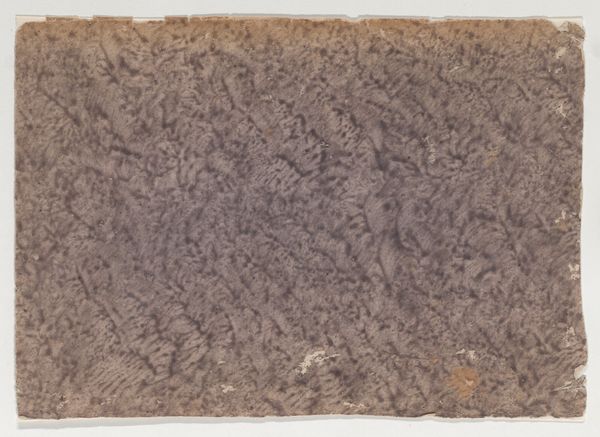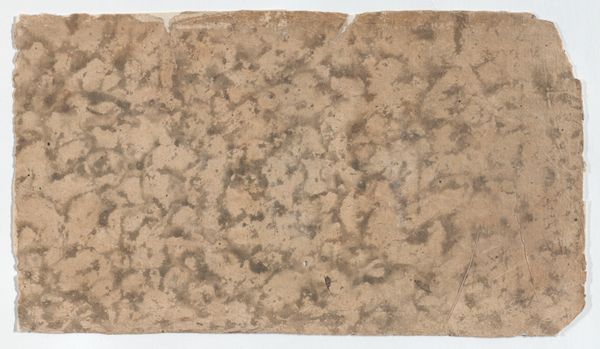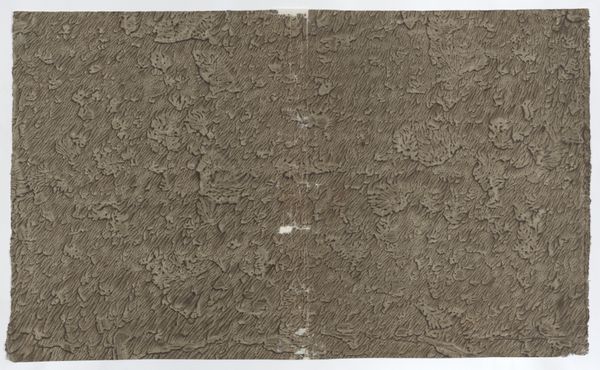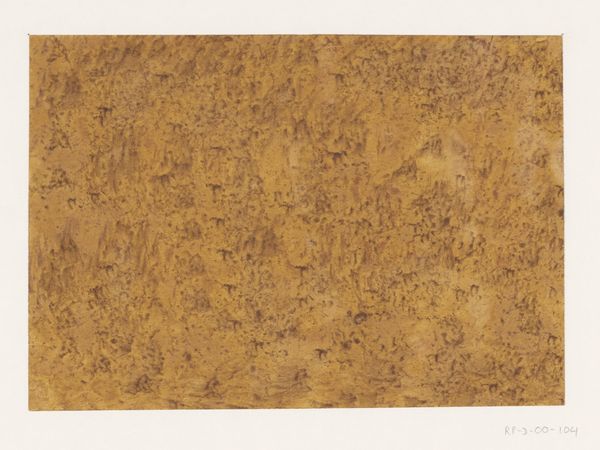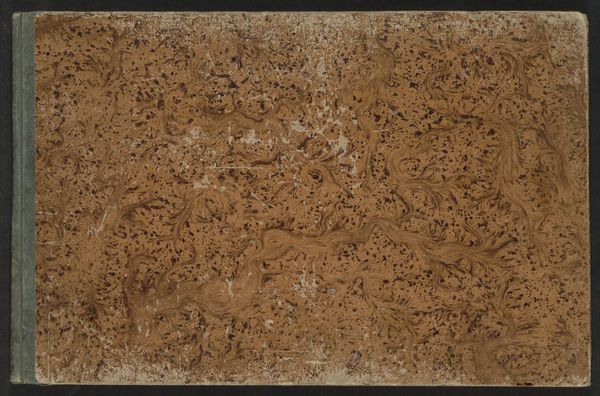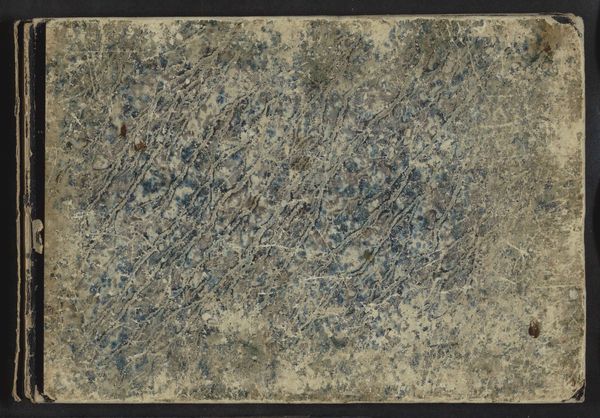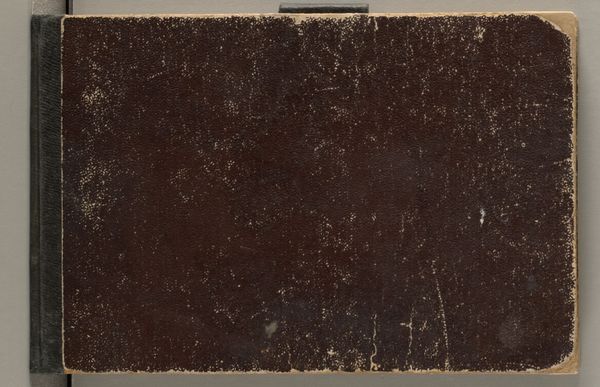
drawing, print, paper, watercolor
#
drawing
# print
#
paper
#
watercolor
#
abstraction
#
watercolor
Dimensions: Sheet: 7 7/8 × 5 1/2 in. (20 × 13.9 cm)
Copyright: Public Domain
Editor: We're looking at a piece called "Gray paste paper" created anonymously sometime between 1700 and 1800. It's a watercolor drawing, almost completely abstract. The texture reminds me of looking at the sky through frosted glass. What's your interpretation? Curator: Well, first it's crucial to understand the cultural context of decorative papers like this. These weren't necessarily intended as "art" in the way we think of gallery pieces today. They played a vital, if understated, role in society. How might such a design, repeated, affect the perception of value or luxury within a household of the 18th century? Editor: So, less about individual artistic expression, and more about...setting the scene? Interior design as a signifier? Curator: Precisely! Consider where such paper might be used. Lining drawers, covering books, perhaps even framing mirrors. Each use contributes to an overall impression, and elevates these utilitarian objects. Could the ready availability of such patterns affect the reception of, say, floral still life paintings displayed nearby? Does accessible "art" dilute high art? Editor: That's a great question. I hadn't thought of it in terms of the social impact on other art forms of the time. It also makes me wonder about the level of skill that was necessary to create that consistent patterning and color, compared to what sort of labor and resources it would take to achieve. Curator: And who had access to it? Who produced it, and who could afford it? Editor: Food for thought indeed. This has been a real perspective shift. I'm now viewing a humble piece of paper in terms of political and financial dynamics!
Comments
No comments
Be the first to comment and join the conversation on the ultimate creative platform.
